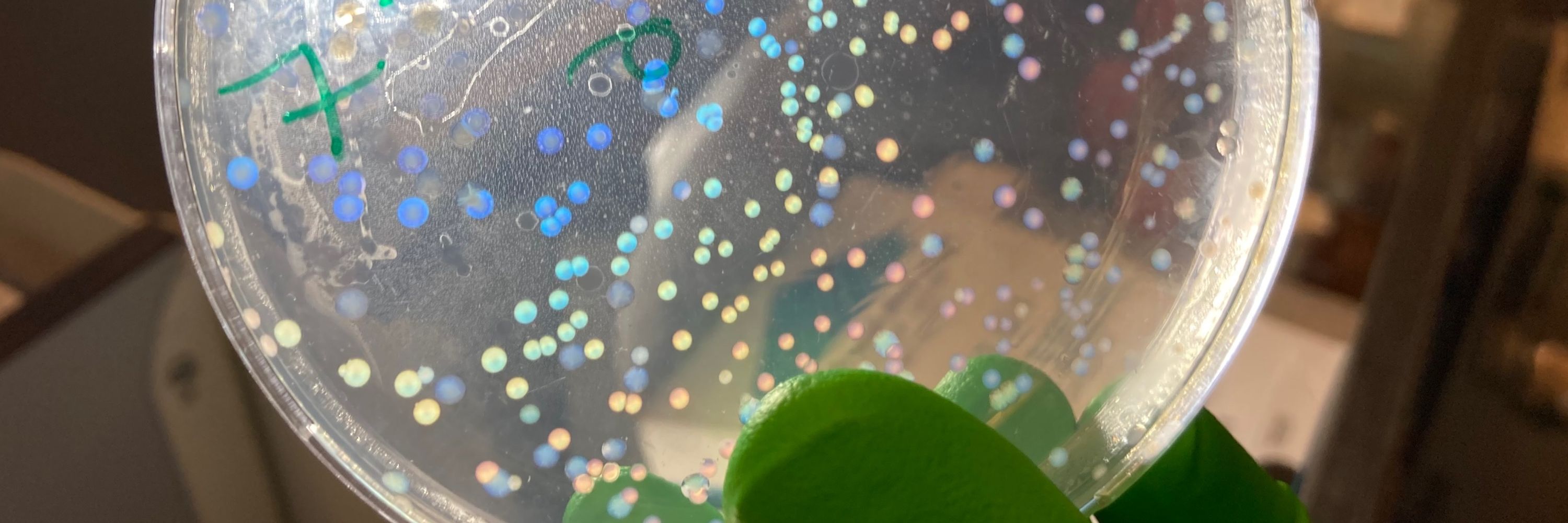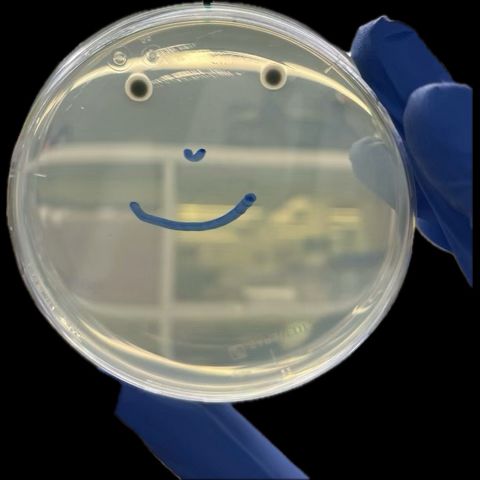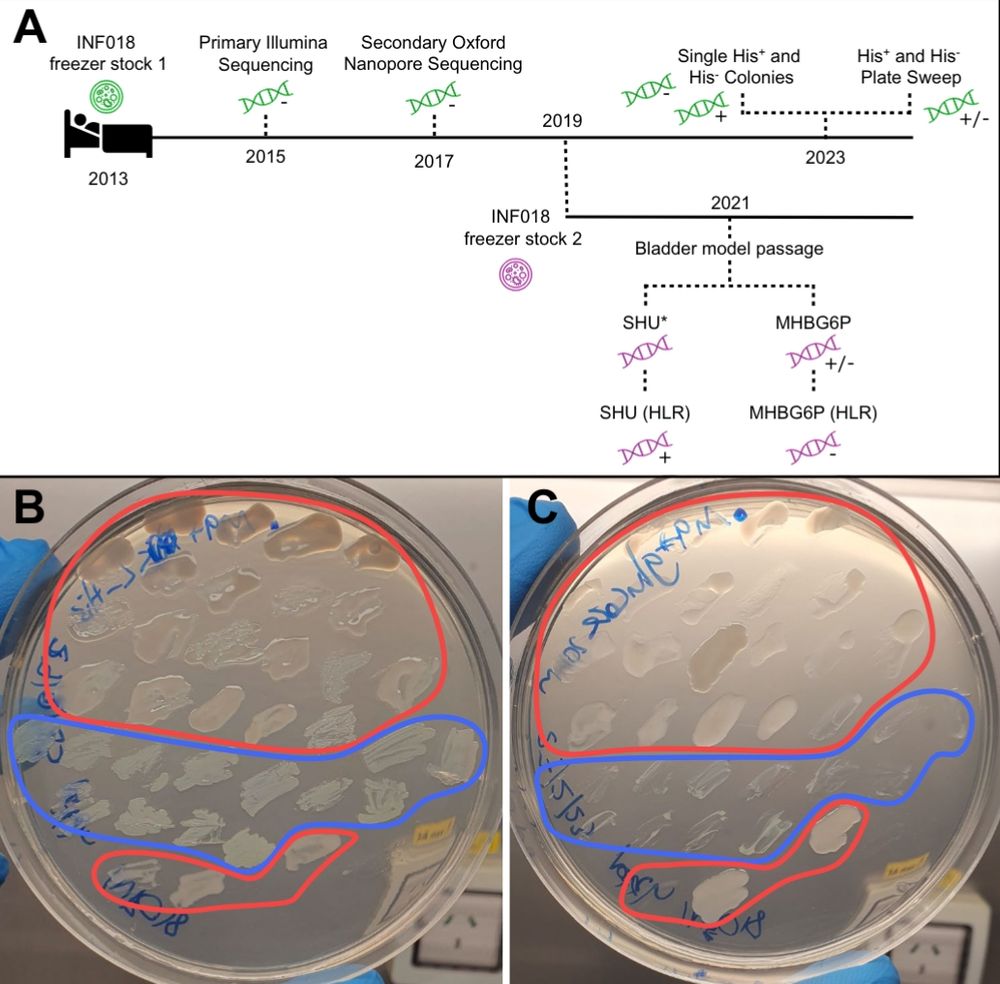Isabella Tomanek
@bellatom.bsky.social
360 followers
290 following
10 posts
(Micro)biologist🦠| μm + generations |
postdoc @dunnschool.bsky.social, Oxford | Mama^2 | Life enthusiast | fan of duplications + deletions
bacterial ecology 🔄 evolution in the gut (and elsewhere)
Posts
Media
Videos
Starter Packs
Pinned
Reposted by Isabella Tomanek
Isabella Tomanek
@bellatom.bsky.social
· May 19

(EPSRC DTP) How do the interactions between temperate and lytic phages shape microbial communities? at The University of Manchester on FindAPhD.com
PhD Project - (EPSRC DTP) How do the interactions between temperate and lytic phages shape microbial communities? at The University of Manchester, listed on FindAPhD.com
www.findaphd.com
Reposted by Isabella Tomanek
Will Ratcliff
@wcratcliff.bsky.social
· Mar 5
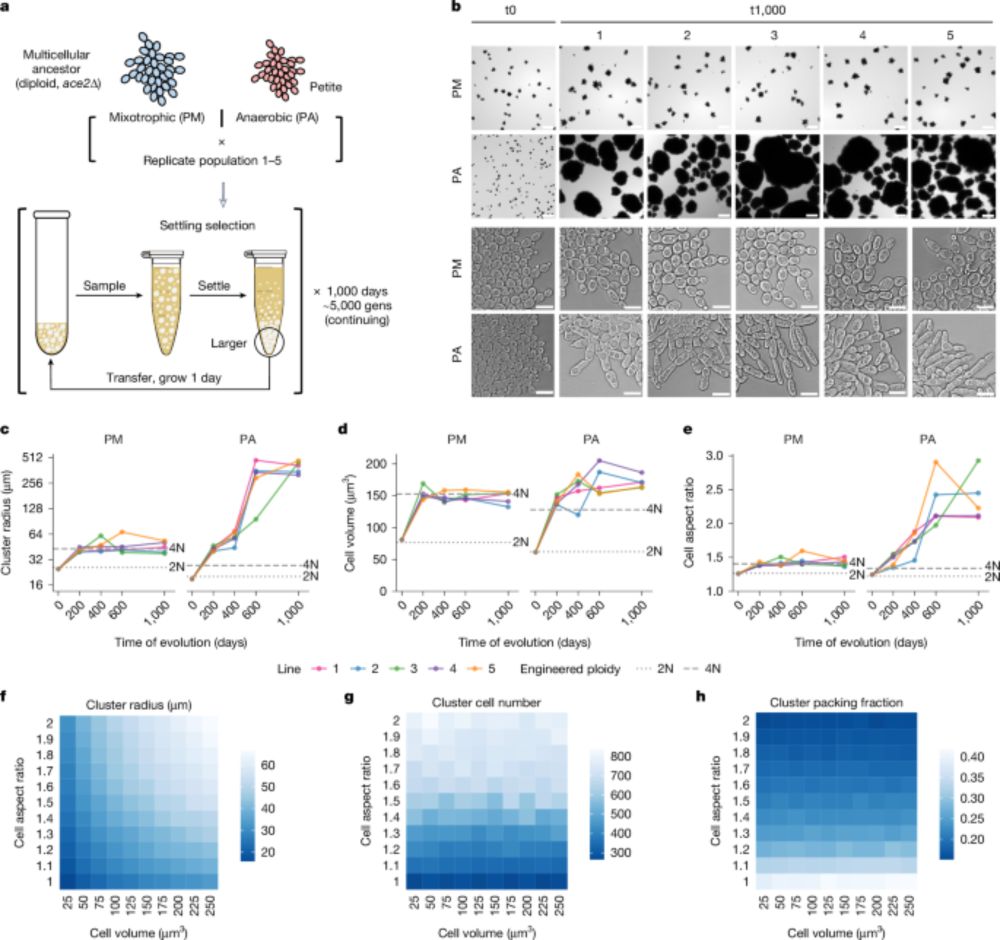
Genome duplication in a long-term multicellularity evolution experiment - Nature
In the Multicellularity Long Term Evolution Experiment, diploid yeast evolve to be tetraploid under selection for larger multicellular size, revealing how whole-genome duplication can arise due to its...
www.nature.com
Reposted by Isabella Tomanek
Reposted by Isabella Tomanek
Joanna Masel
@joannamasel.bsky.social
· Dec 12
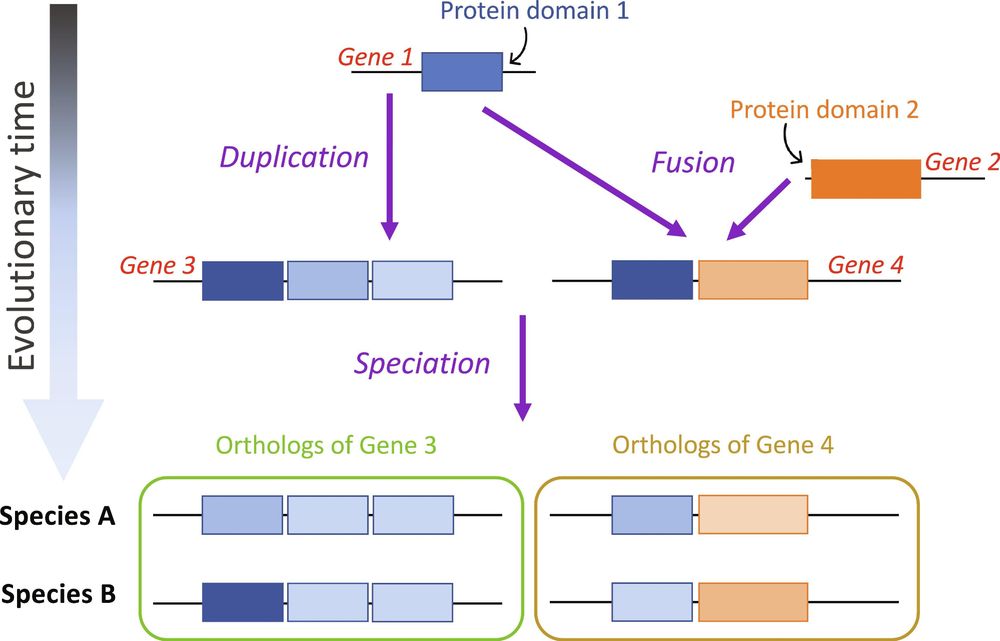
Order of amino acid recruitment into the genetic code resolved by last universal common ancestor’s protein domains | PNAS
The current “consensus” order in which amino acids were added to the genetic code
is based on potentially biased criteria, such as the absence of s...
www.pnas.org
Isabella Tomanek
@bellatom.bsky.social
· Dec 11
Reposted by Isabella Tomanek
Reposted by Isabella Tomanek
Dmitri Petrov
@petrovadmitri.bsky.social
· Nov 25
Reposted by Isabella Tomanek
Reposted by Isabella Tomanek
Isabella Tomanek
@bellatom.bsky.social
· Nov 16
Reposted by Isabella Tomanek
Reposted by Isabella Tomanek
Reposted by Isabella Tomanek
Dr Lucy Stewart
@lcsnz.bsky.social
· Feb 29
Susana Wadgymar🌿🔬
@smwadgymar.bsky.social
· Feb 29
Reposted by Isabella Tomanek
Reposted by Isabella Tomanek
Robin Rohwer
@robinrohwer.bsky.social
· Feb 8

Bacterial ecology and evolution converge on seasonal and decadal scales
Ecology and evolution are distinct theories, but the short lifespans and large population sizes of microbes allow evolution to unfold along contemporary ecological time scales. To document this in a natural system, we collected a two-decade, 471-metagenome time series from a single site in a freshwater lake, which we refer to as the TYMEFLIES dataset. This massive sampling and sequencing effort resulted in the reconstruction of 30,389 metagenomic-assembled genomes (MAGs) over 50% complete, which dereplicated into 2,855 distinct genomes (>96% nucleotide sequence identity). We found both ecological and evolutionary processes occurred at seasonal time scales. There were recurring annual patterns at the species level in abundances, nucleotide diversities (π), and single nucleotide variant (SNV) profiles for the majority of all taxa. During annual blooms, we observed both higher and lower nucleotide diversity, indicating that both ecological differentiation and competition drove evolutionary dynamics. Overlayed upon seasonal patterns, we observed long-term change in 20% of the species' SNV profiles including gradual changes, step changes, and disturbances followed by resilience. Most abrupt changes occurred in a single species, suggesting evolutionary drivers are highly specific. Nevertheless, seven members of the abundant Nanopelagicaceae family experienced abrupt change in 2012, an unusually hot and dry year. This shift coincided with increased numbers of genes under selection involved in amino acid and nucleic acid metabolism, suggesting fundamental organic nitrogen compounds drive strain differentiation in the most globally abundant freshwater family. Overall, we observed seasonal and decadal trends in both interspecific ecological and intraspecific evolutionary processes. The convergence of microbial ecology and evolution on the same time scales demonstrates that understanding microbiomes requires a new unified approach that views ecology and evolution as a single continuum. ### Competing Interest Statement The authors have declared no competing interest.
www.biorxiv.org
Isabella Tomanek
@bellatom.bsky.social
· Jan 17
Isabella Tomanek
@bellatom.bsky.social
· Jan 11
Reposted by Isabella Tomanek
